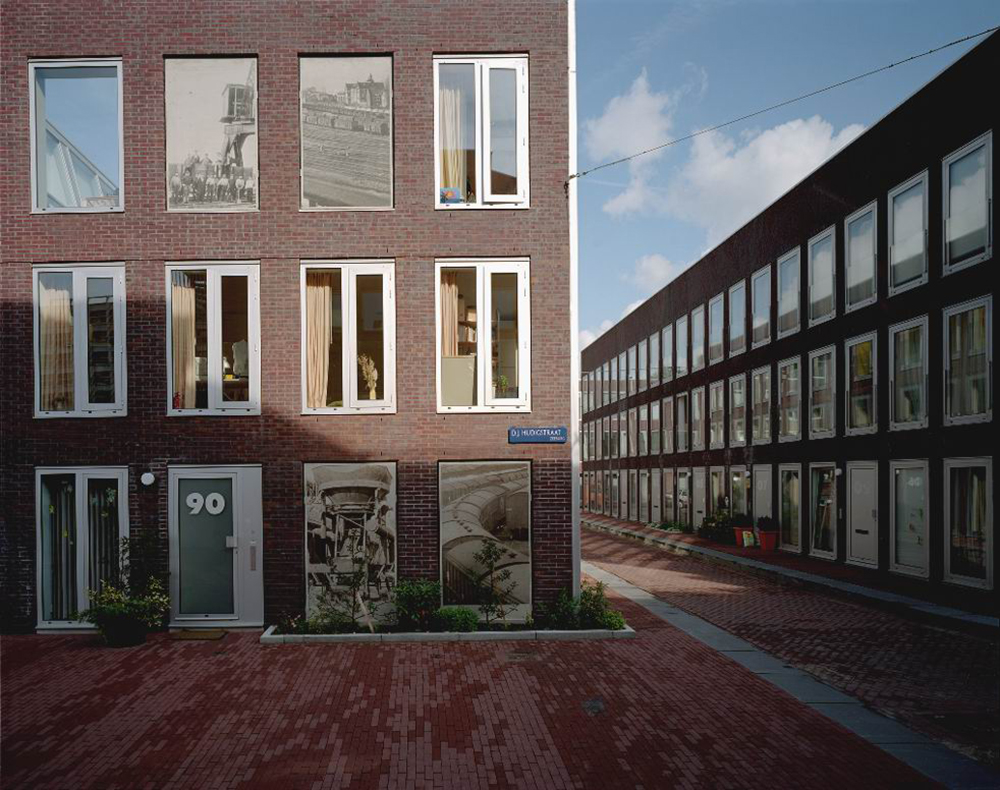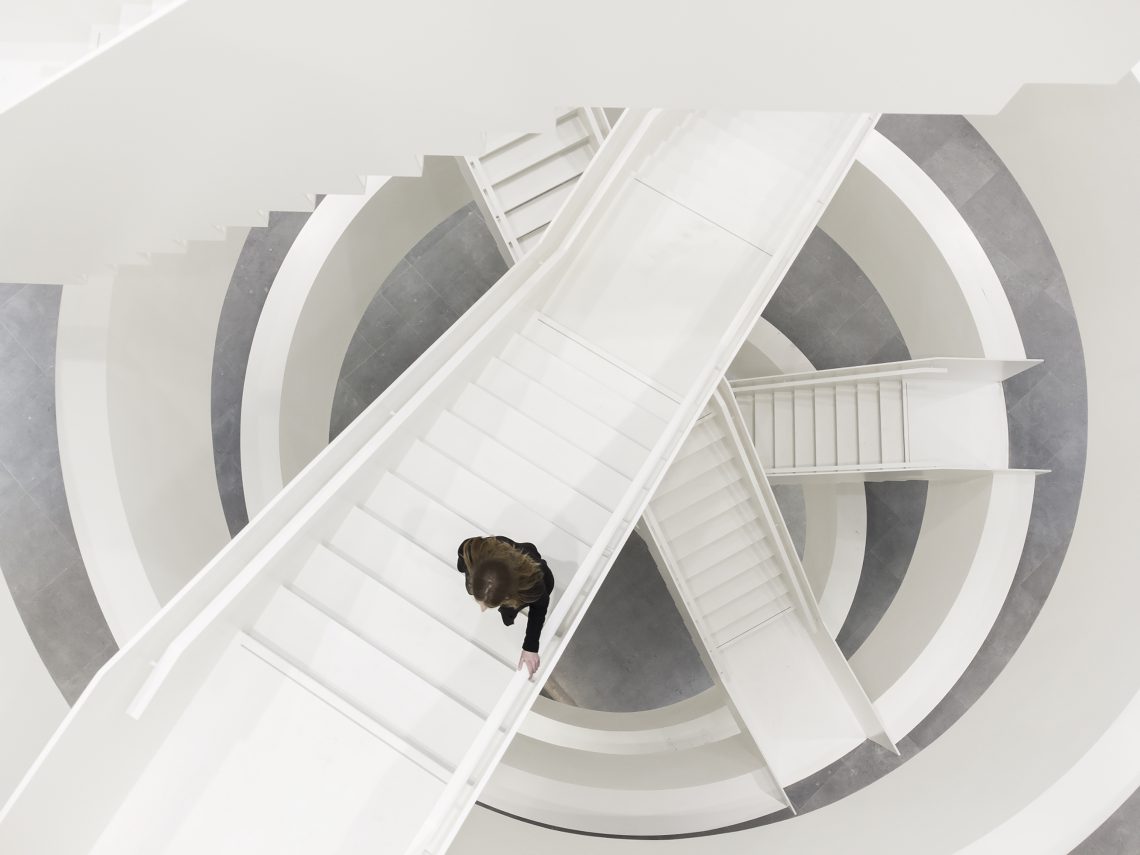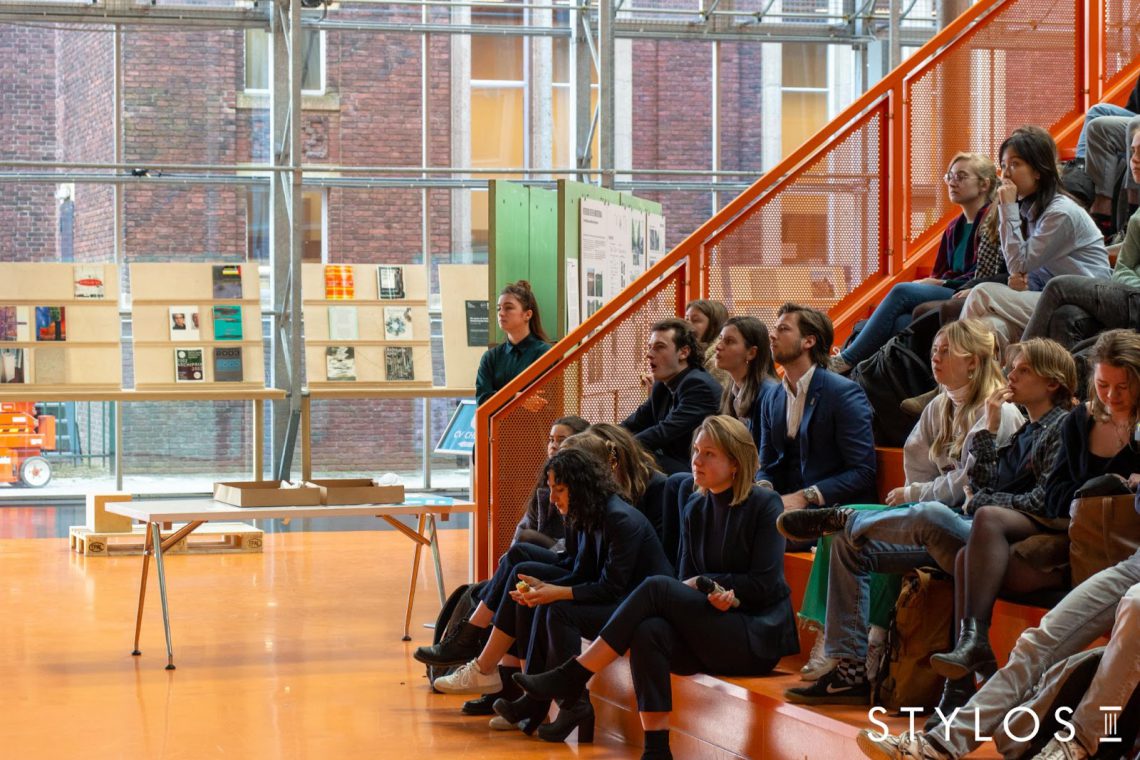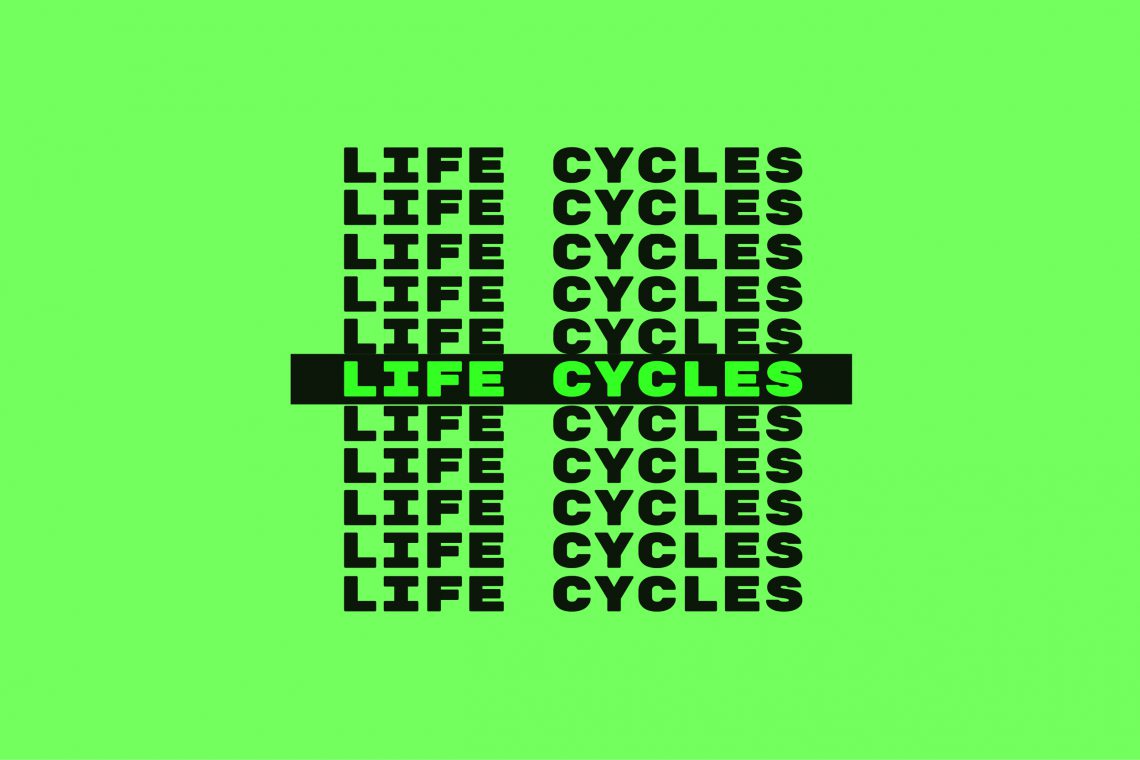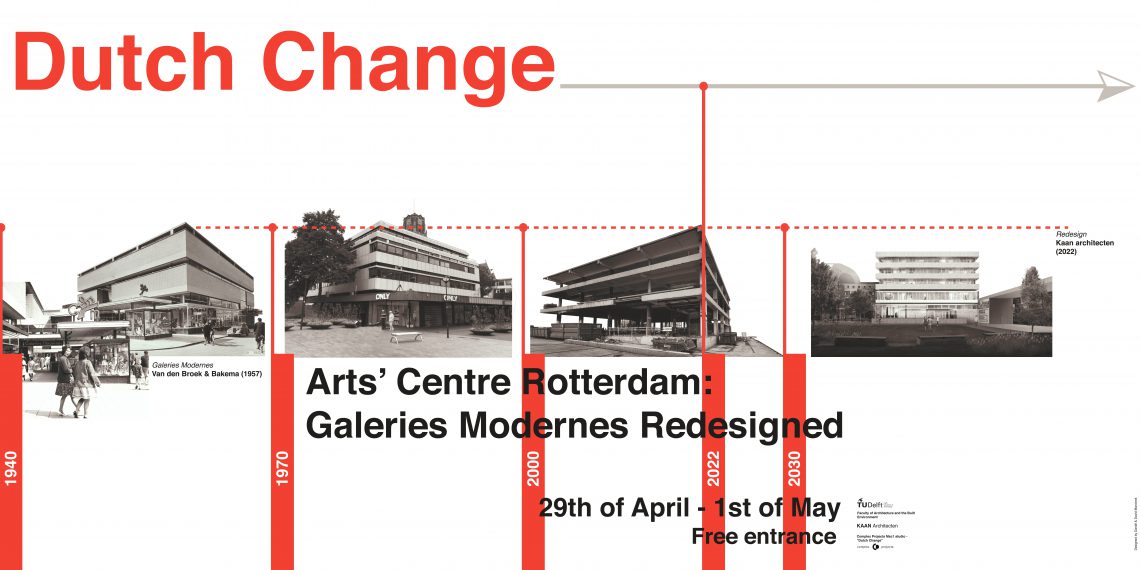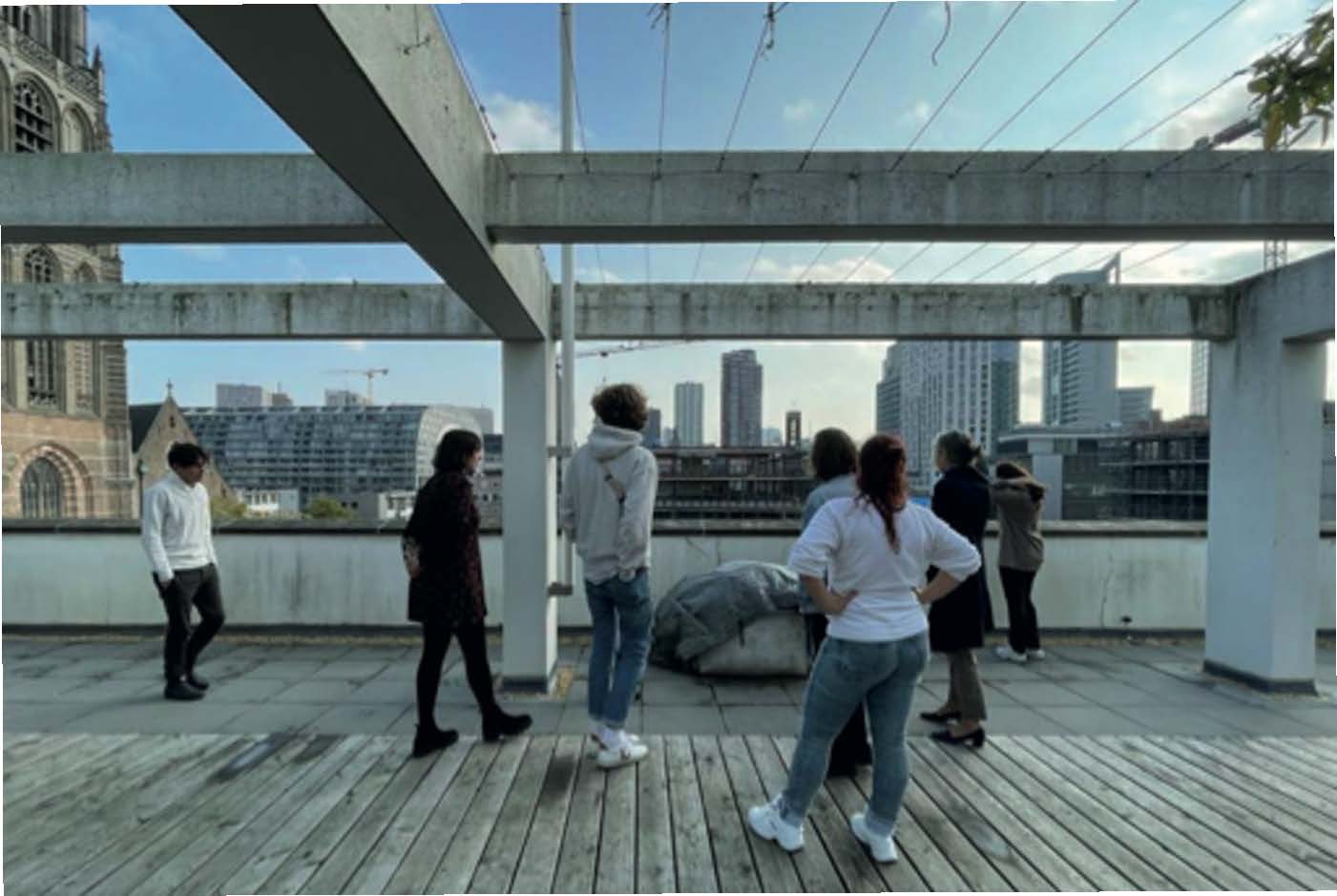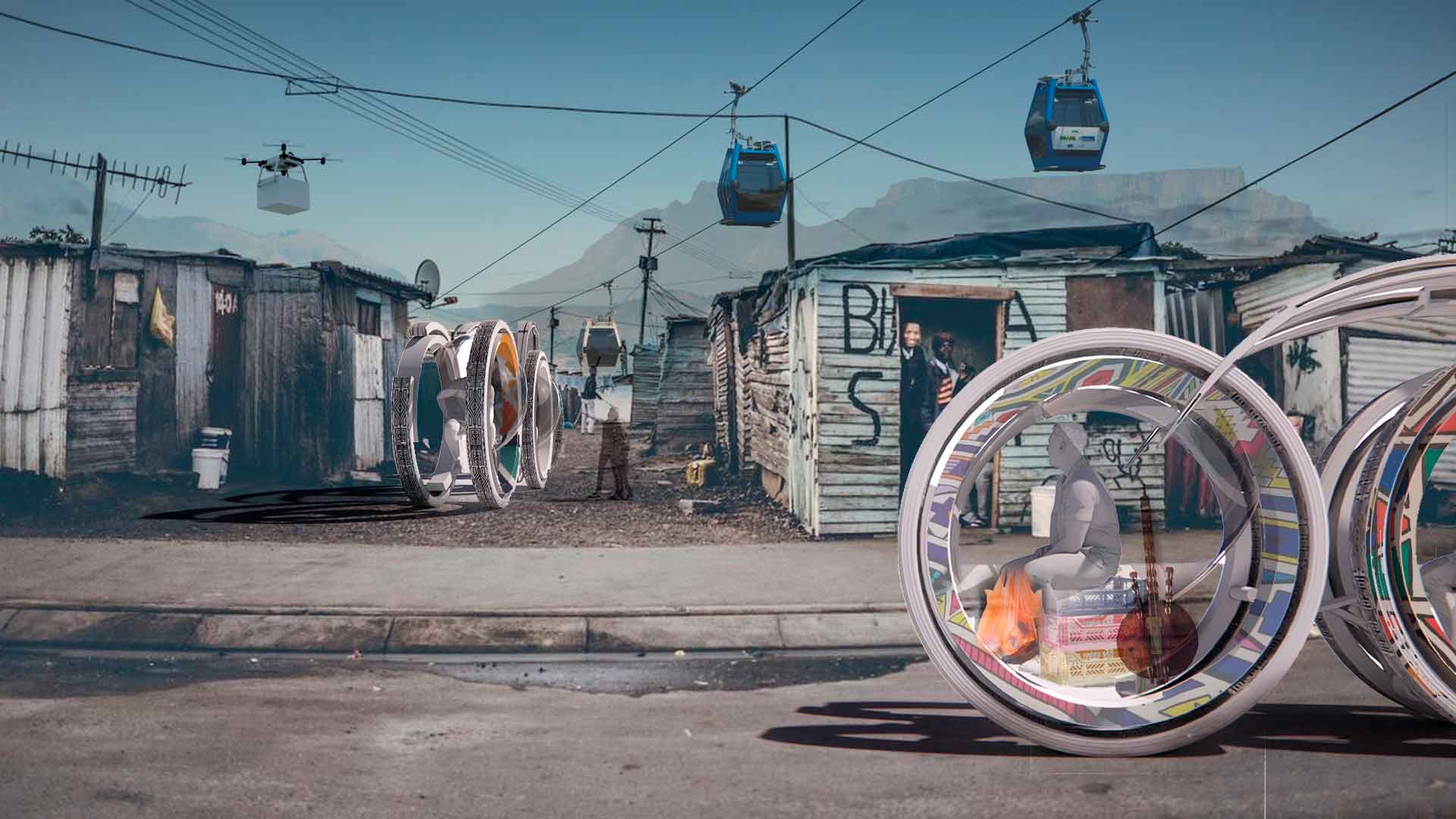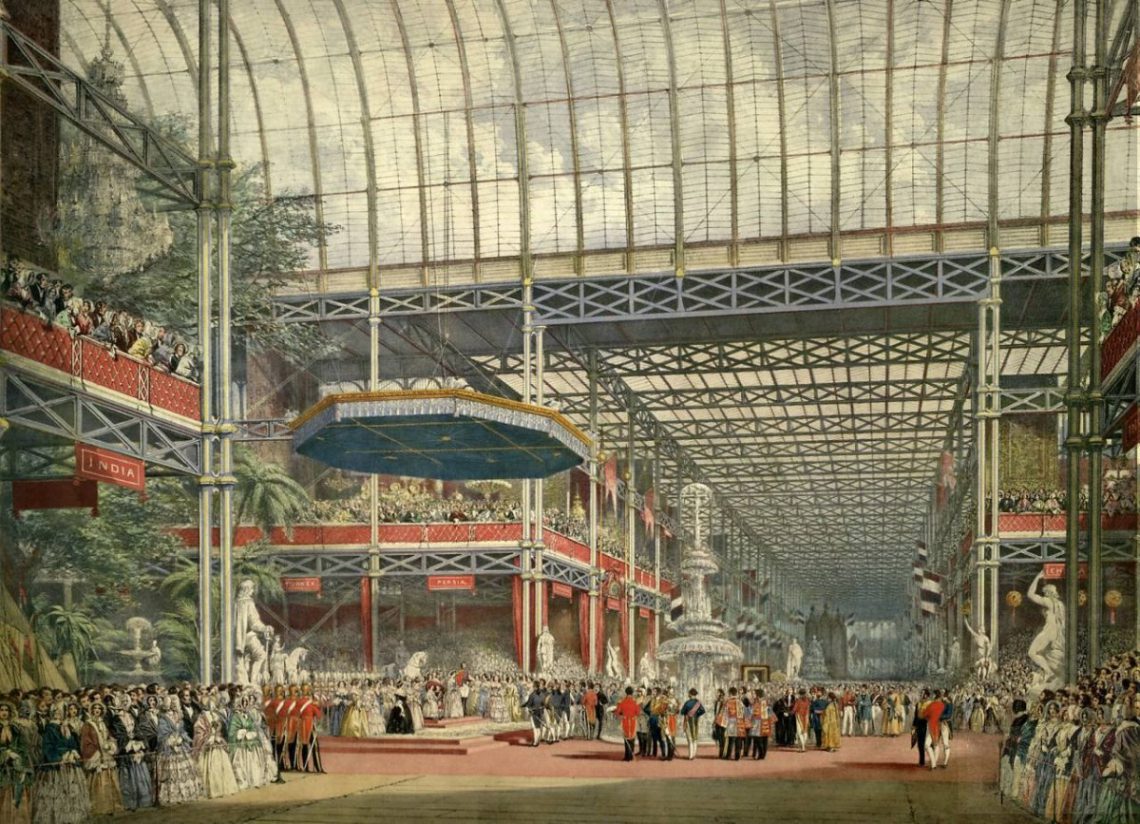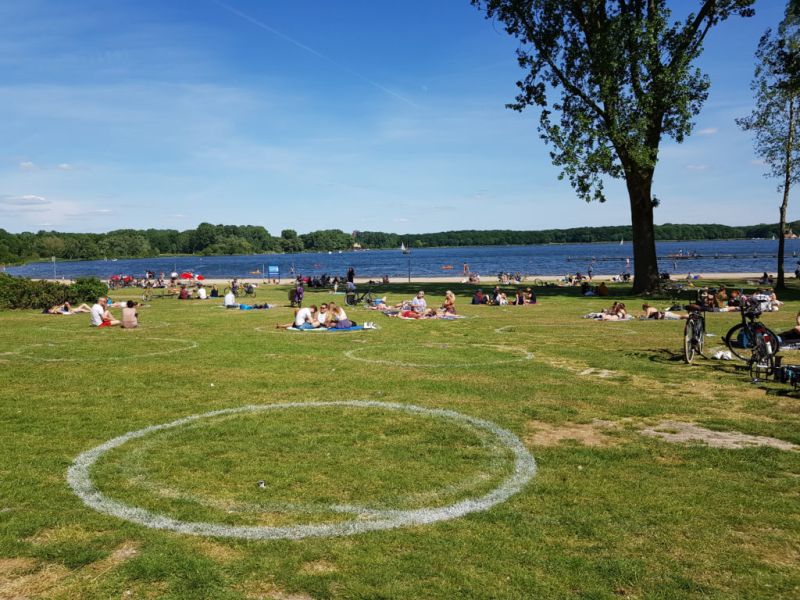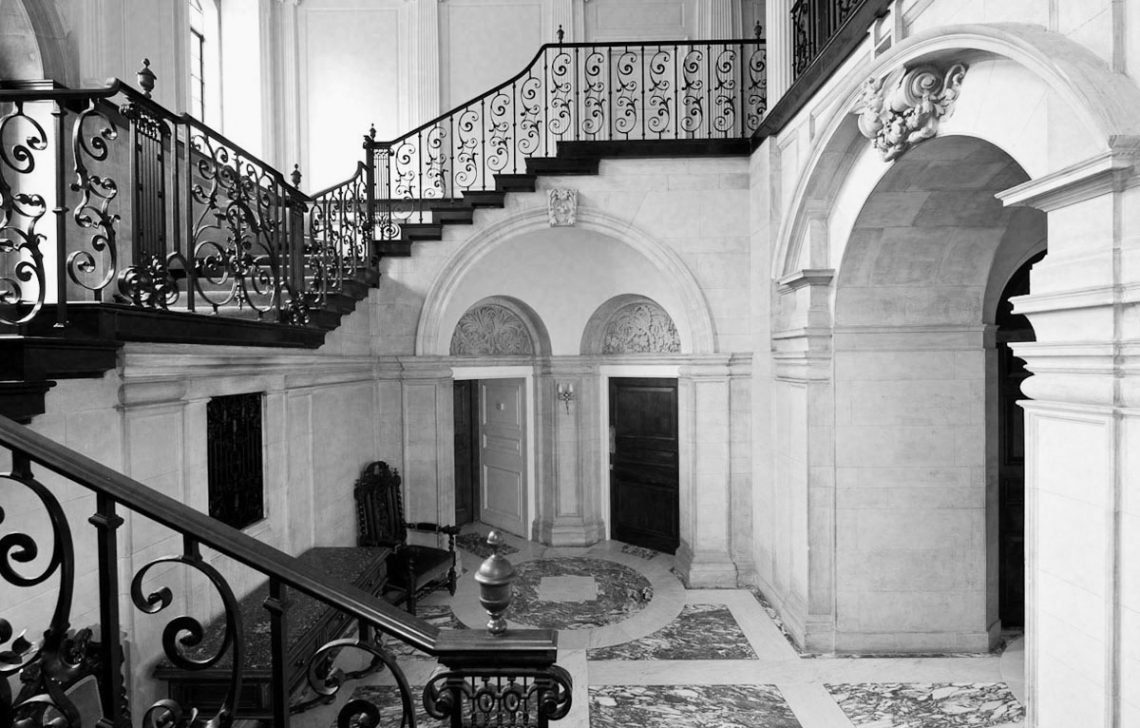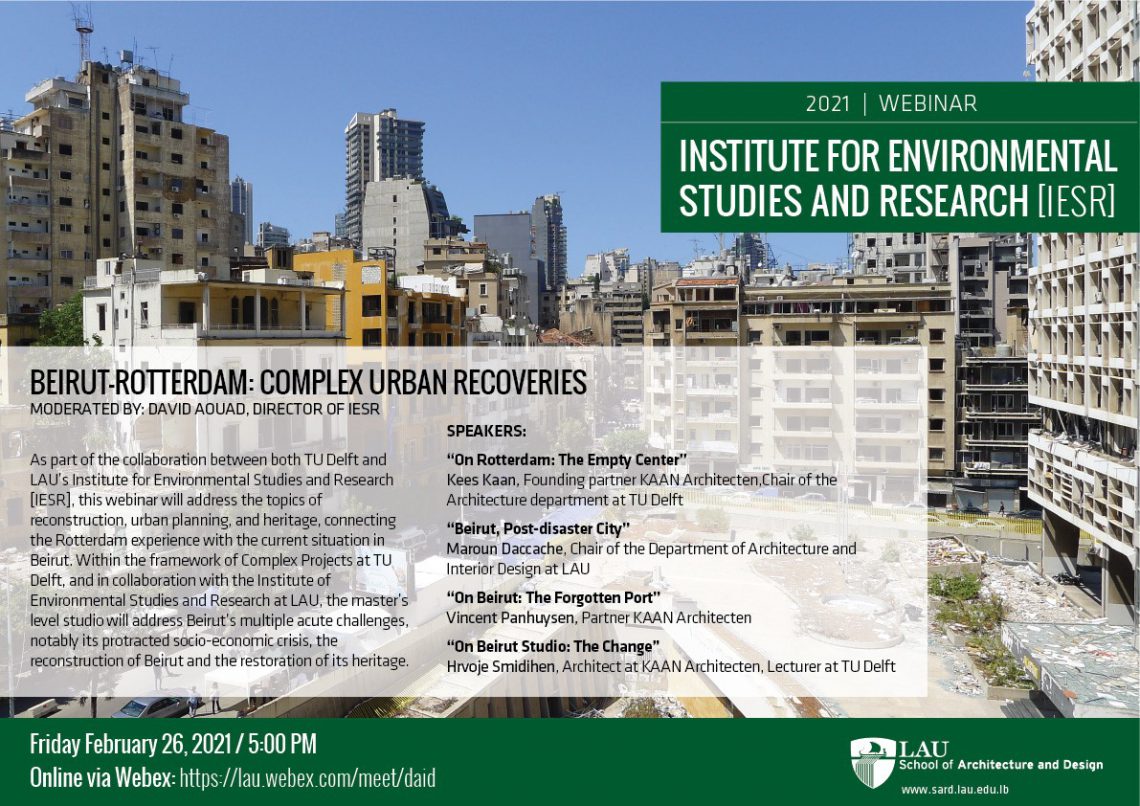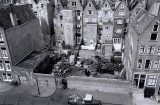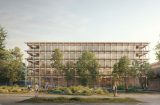One mould
The history and the actual planning and development of the Dutch urban landscape is all about water management.

It implies the entire control or balance of the water versus land situation and therefore also includes water as a part of the infrastructure of the country. Aspects as transport, sewage, drainage, storage are constantly measured in balance with reclamation and safety from flooding.
In the Netherlands the production of land or vice versa the flooding of land was and is used as a military, political and economical tool.
Any city in the Netherlands is somehow related to the water or partially developed on reclaimed land.
For Dutch this situation is as normal as breathing. Put a shovel in the ground and the hole will fill itself with water immediately. The permanent relation with the water throughout the history has also asked many sacrifices and has settled in the DNA of our culture. The expression ’poldermodel’ literally refers to the habit of dealing with societal issues by compromising and finding consensus among stakeholders.
One sometimes wonders why people wanted to live here? But it was exactly the smart exploitation of the complex relation to the water that lead in the 16th and 17th century to the ‘first modern economy’ in the world with a very dense network of small cities. Building these cities implied making or reinforcing the land, keeping it in place and making foundations in the water.
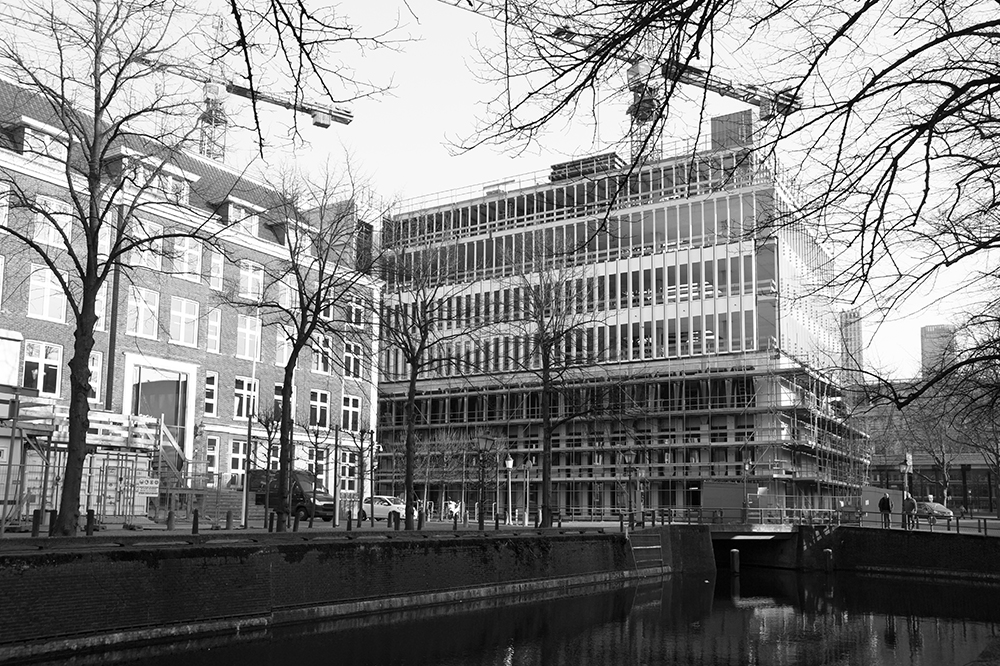
There is little stable and dry land available so not only buildings are constructed but so are the streets and the canals. The section canal, street and house are inherently related and intertwined. The houses are built out of the same bricks as the docks, streets and bridges and have similar foundations.
Public, collective and private interests are constantly negotiated in these complex constructions.
Globalization today causes large percentages of the world population to settle down in densely populated, sometimes dangerous deltas all over the world making land-reclamation techniques and proper water-management techniques extremely important. However also the conceptual impact and the political and cultural consequences will become tangible. Construction implies also construction of land and infrastructure and the complex public-private relations as a result.
In the sustainable urban territory the relation to water goes far beyond the technical aspects of land reclamation.
